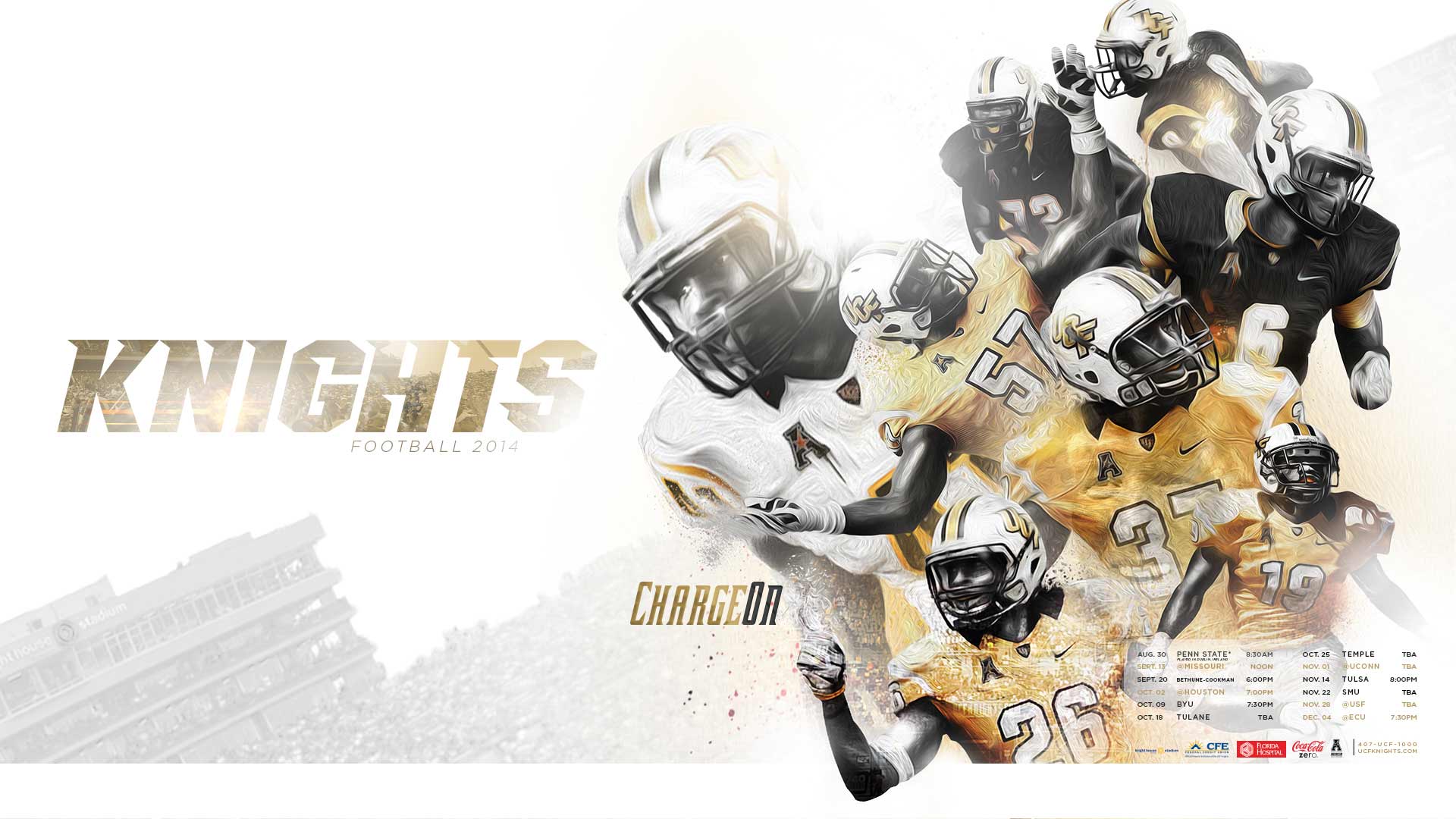Resoruces useful at UCF
UCF Writing Center Resources:
Online Writing Resources-
In the online writing resources page at UCF, they offer various tools
to help students become more advanced in their writing skills. Such
tools may include handouts, style guides and other resources.
Tutor Trac Online Scheduler- In the Tutor Trac Online Scheduler, students can schedule a time most convenient to them to meet with a peer writing tutor.
SARC Online- SARC
stands for Student Academic Resource Center. On SARC Online, students
get tools and resources to assist with any sort of academic need.
UCF Apps- UCF
Apps allows students to access any software needed for coursework from
any of the student's device from anywhere at any time.
Readings useful in Eme 6507
During Chapter 1, it introduces the framework for the 21st century
learning in the classroom. This chapter also contains the idea of
differentiating between technology and media as well as the teacher use
of technology and media and the student use of technology and media. It
also discusses the concept of copyright laws and the importance of
copyright laws in technology education.
Smaldino, S. E., Lowther, D. L., & Russell, J. D. (2012). Chapter
1: Exploring 21st Century Learning. Instructional Technology and Media
for Learning(10th edition). New York: Prentice Hall.
During Chapter 2, we learend about the charecteristics of 21st century
learners and we learned about how they learn best that will lead to
their success and achievement in the classroom. We also learned about
the learning theories and principle of effective instruction. Lastly,
it was discussed in this chpater about the advantages and
disadavantages of integrating text into learning.
Smaldino, S. E., Lowther, D. L., & Russell, J. D. (2012). Chapter
2: Understanding 21st Century Learners. Instructional Technology and
Media for Learning(10th edition). New York: Prentice Hall.
During Chapter 6, we learned about cyberlearning and web 2.0 tolls that
can be used in the classroom to facilitate learning to the max. It was
also discussed about social networking issues and social ehtical issues
with students.
Smaldino, S. E., Lowther, D. L., & Russell, J. D. (2012). Chapter
6: Connecting Learners using Web 2.0 tools. Instructional Technology
and Media for Learning(10th edition). New York: Prentice Hall.
During Chapter 10, we learned about the important concepts of viewing
and producing video. We also learned about how student learning is
enhanced by the use of videos and the impact it has on the classroom
environment.
Smaldino, S. E., Lowther, D. L., & Russell, J. D. (2012). Chapter
10: Enhancing Learning with Video. Instructional Technology and Media
for Learning(10th edition). New York: Prentice Hall.
During Chapter 1 of The Non-Designers Web Book, we learned about the
interenet, the modem, as well as essential parts on the world wide web
such as the domain name, the URL, plug in, browser, link, search engine
and more.
Williams, R. & Tollett, J. (2006). Chapter 1: What is the web?. The
Non-Designers Web Book (3rd edition). Berkeley, CA: Peachpit
Press.
During Chapter 4 of The Non-Designers Web Book, we learned about the
legal file name, naming and saving web pages, what the title of your
web page should be and the restrictions a title might hold. We also
learned about establishing a website and publisihng it utilizing the
host name and provier of the web page.
Williams, R. & Tollett, J. (2006). Chapter 4: 4 things to know
before you begin your site. The Non-Designers Web Book (3rd edition).
Berkeley, CA: Peachpit Press.
During Chapter 6 of The Non-Designers Web Book, we learned about
effectively aligning our websites to look professional. Also, we
learned about how to create effective elements in your web page and to
coninue the layout to the other pages on the web page.
Williams, R. & Tollett, J. (2006). Chapter 6: Basic Design
principles for non-designers. The Non-Designers Web Book (3rd edition).
Berkeley, CA: Peachpit Press.
During Chapter 8 of The Non-Designers Web Book, this chapter showed a
great design checklist in the back of the chapter that listed essnetial
items to ensure a great website including text being big enough to read
and information being clear, navigation buttons working properly, the
link colors coordinating on each page, graphics containing an alt
label, and lastly the general design being organized.
Williams, R. & Tollett, J. (2006). Chapter 8: How to recognize good
and bad design. The Non-Designers Web Book (3rd edition). Berkeley, CA:
Peachpit Press.
During Chapter 9 of The Non-Designers Web Book, we learned about color
on the web and utilizing effective yet appropriate colors for the font
and background and more. We also learned about indexed color which is
essentially a pallete of 256 colors. We also learned about monitor and
printer resolition, bit depth, pixels, and browser safe colors and web
safe colors.
Williams, R. & Tollett, J. (2006). Chapter 9: Color on the web .
The Non-Designers Web Book (3rd edition). Berkeley, CA: Peachpit
Press.
During Chapter 10 of The Non-Designers Web Book, we learned about the
difference between a jpeg and gif. The advantages of a jpeg and gif
file. Adding alt label, and the different file formats. Lastly, in this
chapter, we learned about thumbnails.
Williams, R. & Tollett, J. (2006). Chapter 10: Graphic definitions
you must know. The Non-Designers Web Book (3rd edition). Berkeley, CA:
Peachpit Press.
